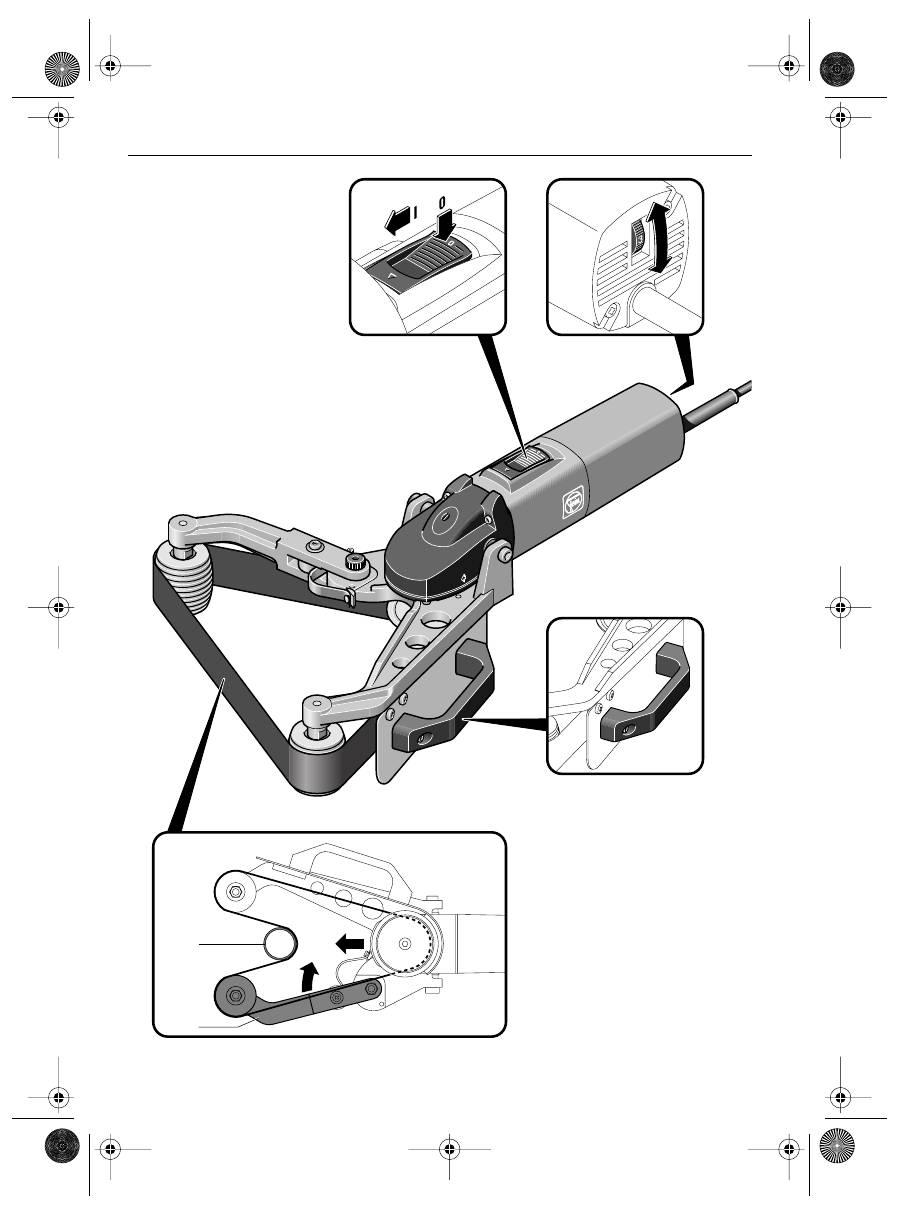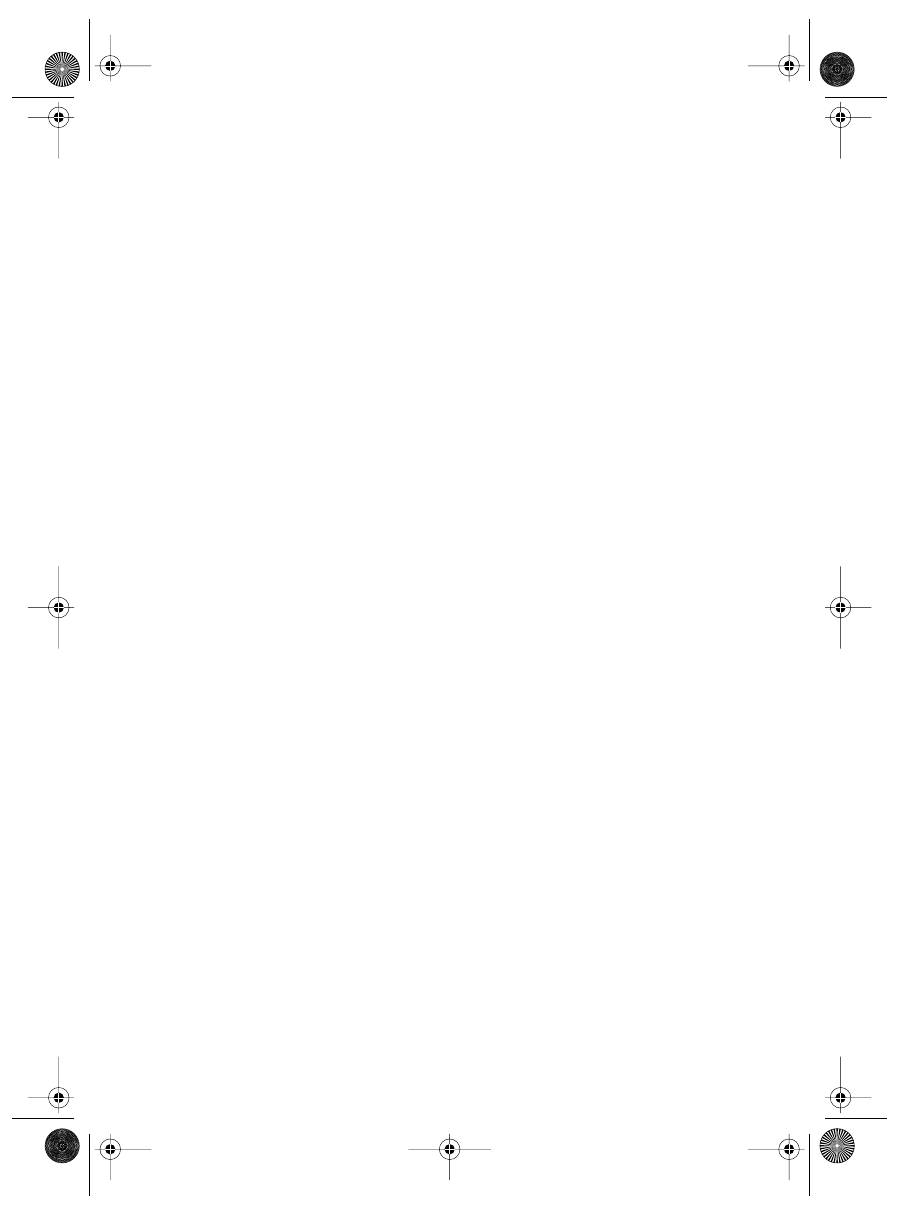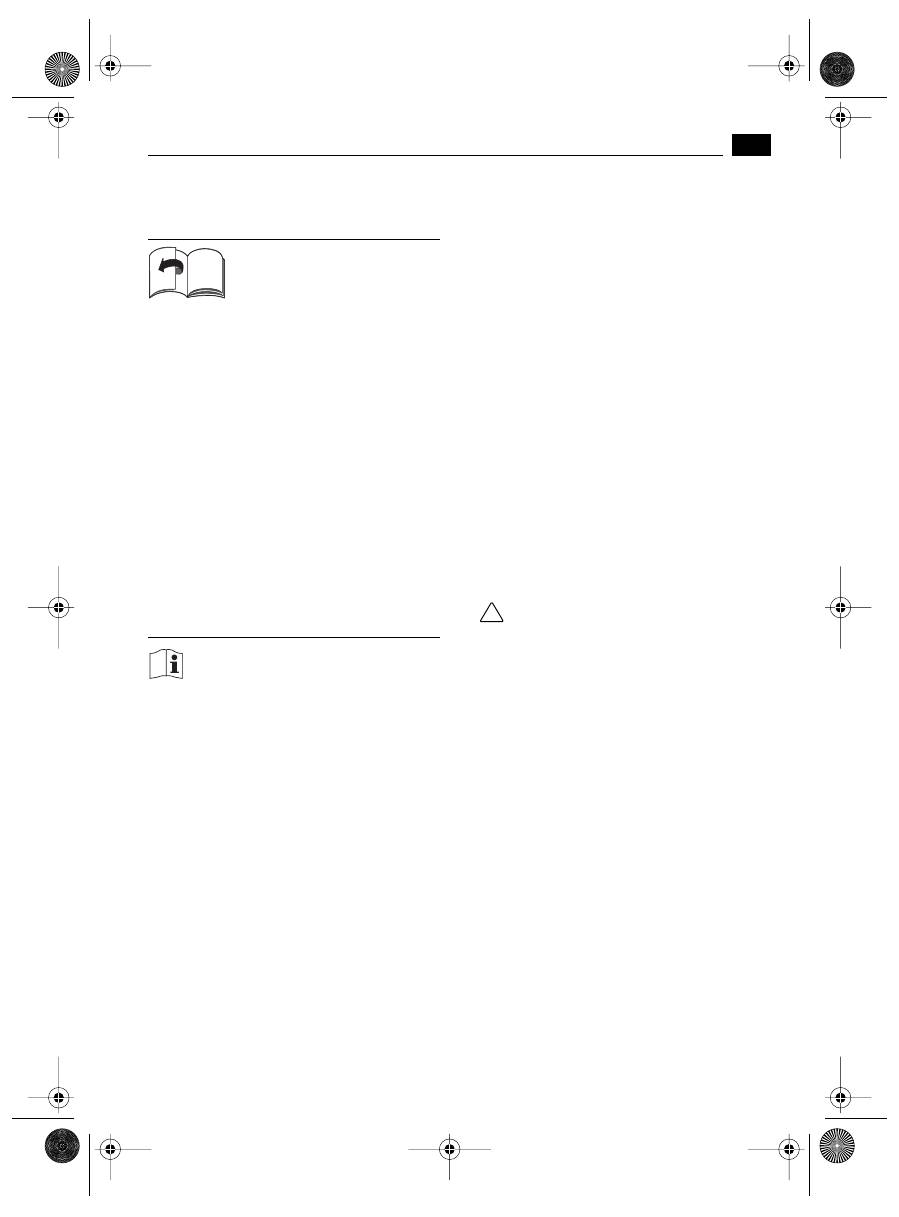Fein RS 12-70E: instruction
Class: Tools, power tools and power equipment
Type: Grinding machine
Manual for Fein RS 12-70E

RS 12-70 E
7 221 13
3 41 01 043 06 7
Printed in Germany 02.04 Z
3 41 01 043 06 7 - Titel Seite 1 Dienstag, 11. September 2007 10:50 10

2
Deutsch English Français Italiano Nederlands Español Português EÏÏËÓÈο Dansk Norsk Svenska Suomi Magyar âesky Slovensky Polski
На русском
языке
5
9
13
17
21
25
29
33
37
41
45
49
53
57
61
65
74
77
69
3 41 01 043 06 7 - Buch Seite 2 Mittwoch, 4. Februar 2004 11:07 11

3
1
2
3
4
a
b
3 41 01 043 06 7 - Buch Seite 3 Mittwoch, 4. Februar 2004 11:07 11

d
3 41 01 043 06 7 - Buch Seite 4 Mittwoch, 4. Februar 2004 11:07 11

RS 12-70 E
5
DE
Bedienungsanleitung Rohrschleifer.
Auf einen Blick.
1 Stellrad Drehzahlvorwahl
Drehzahlvorwahl mit elektronischem
Drehzahlsteller.
2 Schalter
Ein- und Ausschalten.
3 Zusatz-Handgriff
Immer mit Zusatz-Handgriff arbeiten.
4 Schleifband
Schleifband auf 3 Rollen gelagert.
Das in dieser Bedienungsanleitung
beschriebene oder abgebildete Zubehör
muss nicht zum Lieferumfang Ihres Gerätes
gehören.
Zu Ihrer Sicherheit.
Vor Gebrauch dieses Gerätes lesen
und danach handeln:
diese Bedienungsanleitung,
die beiliegenden Sicherheitshinweise
(Schriftennummer 3 41 30 054 06 1),
die einschlägigen nationalen Arbeits-
schutzbestimmungen.
Diese Bedienungsanleitung und die beilie-
genden Sicherheitshinweise sind zum spä-
teren Gebrauch aufzubewahren und bei
einer Weitergabe oder Veräußerung dem
Gerät beizulegen.
Bestimmungsgemäße Verwendung.
Dieses Gerät ist bestimmt:
für den gewerblichen Einsatz in Industrie
und Handwerk,
zum Schleifen und Polieren von Edelstahl-
rohren sowie NE-Metallen im Tro-
ckenschliff,
zum Entfernen von Lack, Rost und Oxid-
schichten,
zum Einsatz mit Schleifwerkzeug und
Zubehör, die in dieser Bedienungsanlei-
tung angegeben sind oder die von FEIN
empfohlen werden.
Bei Bearbeitung von Metall kann sich ein
leitfähiger Staub im Inneren des Gerätes
absetzen. In diesen Fällen öfter den
Motorraum von außen mit trockener
Druckluft ausblasen und Gerät über einen
FI-Schutzschalter (Auslösestrom 30 mA)
betreiben.
Sicherheitshinweise.
Verletzungsgefahr
Immer mit Zusatz-Handgriff arbeiten.
Für sicheren Stand sorgen, zu bearbeiten-
des Material fest einspannen.
Gerät nur eingeschaltet an das Werkstück
ansetzen.
Nach Abschluss der Arbeiten das Gerät
zuerst vom Werkstück abheben und dann
ausschalten.
Vorsicht! Nicht das laufende Schleifband
berühren.
Nur mit einem unbeschädigten Schleif-
band arbeiten. Verschlissene oder einge-
rissene Schleifbänder nicht verwenden.
Personen oder brennbare Gegenstände
vor Funkenflug schützen.
Keine Materialien bearbeiten, bei welchen
gesundheitsgefährdende Stoffe freigesetzt
werden (z. B. Asbest).
!
3 41 01 043 06 7 - Buch Seite 5 Mittwoch, 4. Februar 2004 11:07 11
Table of contents
- DeutschEnglishFrançaisItalianoNederlandsEspañolPortuguêsEÏÏËÓÈοDanskNorskSvenskaSuomiMagyarâeskySlovenskyPolski
- Auf einen Blick.
- Bedienen.
- Reinigen und Pflegen.
- Garantie.
- Overview.
- Handling.
- Cleaning and care.
- Guarantee.
- Vue générale.
- Utilisation.
- Fixation ou remplacement de la bande abrasive (5).
- Garantie.
- Guida rapida.
- Uso.
- Pulizia e cura.
- Garanzia.
- In één oogopslag.
- Bediening.
- Reiniging en onderhoud.
- Garantie.
- De un vistazo.
- Manejo.
- Limpieza y cuidado.
- Garantía.
- Com um golpe de vista.
- Manejo.
- Limpeza e tratamento.
- Garantia.
- Oversigt.
- Betjening.
- Vedligeholdelse og reparation.
- Beskyttelse af miljøet.
- Oversikt.
- Betjening.
- Vedlikehold og reparasjon.
- Tekniske data.
- Överblick.
- Manövrering.
- Underhåll och reparation.
- Tekniska data.
- Laitteen osat.
- Käyttö.
- Puhdistus ja hoito.
- Takuu.
- A gép részei.
- A készülék kezelése.
- A készülék tisztítása és karbantartása.
- Garancia.
- Pfiehled.
- Obsluha.
- âi‰tûní a o‰etfiování.
- Záruka.
- Na jeden pohºad.
- Obsluha.
- âistenie a o‰etrovanie.
- Záruka.
- Opis urzàdzenia.
- Obs∏uga.
- Czyszczenie i piel´gnacja.
- Gwarancja.
- Краткий обзор.
- Эксплуатация.
- Закрепление или замена шлифовального инструмента (5).
- Запчасти.
- Защита окружающей среды.
- A
- E
- I

